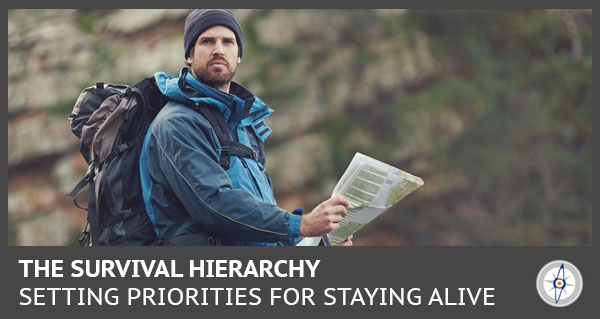
Different survival situations present different challenges. Surviving a few brutally cold nights in the Alaskan tundra requires you to overcome different obstacles than you would while avoiding heat exhaustion as you to find your way out of the Sonoran Desert. But no matter the situation, you must always pay attention to a few needs that all humans share. Concentrate on these needs rather than the varying circumstances in which you may find yourself. It will make you better prepared to survive any situation, no matter the specifics. The order in which you have to address these needs is called the survival hierarchy.
Maslow’s Hierarchy of Needs
In 1943, an American psychologist by the name of Abraham Maslow authored a paper titled, “A Theory of Human Motivation.” In the piece, Maslow provided a framework for better understanding the motivations that all humans experience. The main thrust of his work explains that humans have a similar set of needs, and that we satisfy these needs in a predictable, linear fashion.
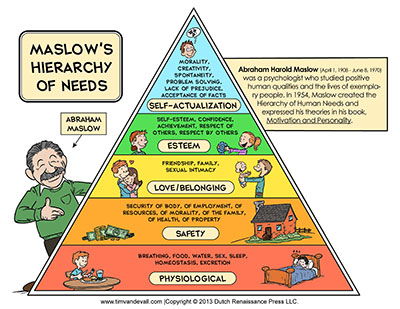
Maslow characterized these needs as follows (different authorities use slightly different labels for each):
- Physiological
- Safety
- Love
- Esteem
- Self-Actualization
Maslow’s Hierarchy organized these needs into a pyramid, with the most basic needs – physiological and safety – occurring at the base of the pyramid and increasingly lofty needs – esteem and self-actualization – occurring higher up the pyramid. In most cases, people only begin trying to satisfy the needs of a given level once the needs of the level below have been satisfied.
Few people are able to climb all the way up the pyramid. Those living in impoverished nations often struggle to satisfy their physiological and safety-related needs, while even the most successful urbanites may struggle to surpass their need for esteem and approach a self-actualized state.
Because most survival situations represent relatively short-term challenges, they primarily require you to satisfy the first level of the pyramid. Accordingly, we’ll dive into the specific and universal needs associated with this smaller “survival hierarchy” below.
The Rule of Threes for the Survival Hierarchy
You are probably familiar with the basic needs for survival: You need things like food, water and shelter in order to stay alive. However, these needs are not all equally important – some are more pressing than others.
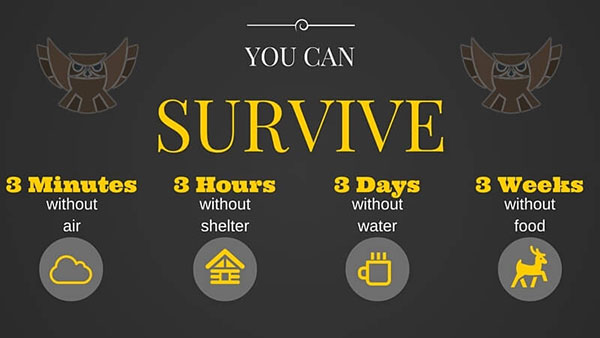
via startprepping.org
These needs are often presented alongside the so-called “Rule of Threes.” Essentially, this rule states that you can only survive about:
- 3 minutes without oxygen
- 3 hours without protection from the elements
- 3 days without water
- 3 weeks without food
These are the most important needs a human has, and they must be secured for survival. Accordingly, we’ll examine each of these core requirements below.
Survival Hierarchy Level 1: Oxygen
Because most survival situations occur on dry ground, right here on planet Earth where oxygen is plentiful, many people forget about this need. However, you can easily envision a number of circumstances in which oxygen would not be readily available.
For example, a motorist whose car slides off the road and flips upside down in a lake will quickly learn about the importance of oxygen. Oxygen is also a limiting factor for those who’ve been the victim of avalanches, mud-slides or similar occurrences.
A few tips for gaining access to oxygen in different circumstances include:
Avalanches
Once avalanches stop moving, they often freeze quickly, preventing you from moving at all. Accordingly, do everything possible to avoid getting buried in the first place. If you find yourself caught in a moving avalanche, try your best to remain on the surface by “swimming.” However, if you start sinking below the surface, place one hand over your mouth to keep it from filling with snow and to provide a small airspace to allow breathing.
The other hand should be raised directly upward to help you determine which way is up and, hopefully, to stay visible to allow rescuers to find you. If you can still move, try to poke your trekking pole or shovel handle through the surface to allow you some access to life-giving oxygen.
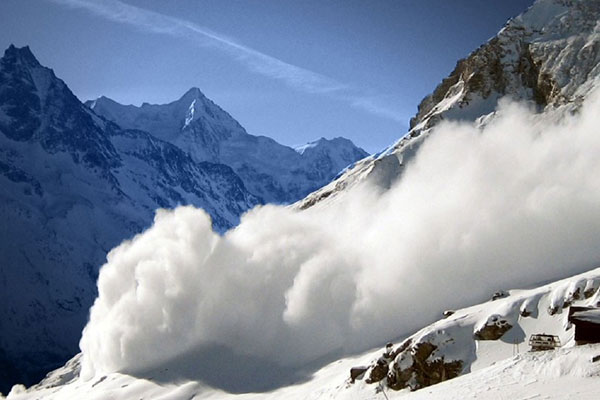
Car Submerged in Water
If you are in a vehicle that is careening into the water, the best idea is to remain calm and try to get out of the car as soon as you hit the water. You’ll be able to escape via the window or by simply opening the door for a few seconds (or potentially longer) before the car sinks. However, if you are unable to escape try to remain calm and locate a trapped air bubble.
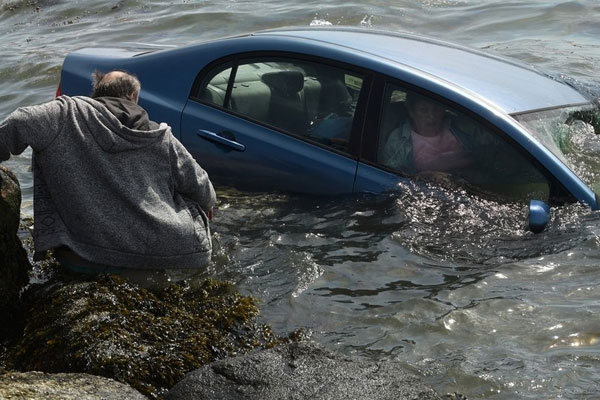
The most likely places these will form is near the rear windshield, but they could theoretically occur in any enclosed space. The odds of finding such a bubble aren’t great, but they aren’t impossible to find. In 2013, a Nigerian man survived for 60 hours in a boat that sank to the ocean bottom by finding an air pocket in a tug boat.
Trapped Underwater
If you are somehow stuck or ensnared underwater, you’ll have to remain calm and try to devise a creative way to obtain oxygen while you wait for rescue or figure out a way to escape. Of course, great depth makes this much harder, but if you are only under a few feet of water, you have more options.
You may, for example, be unable to free yourself from ropes or vegetation, but you may be able to work enough slack into the system that you can reach the surface with your mouth. James Bond famously used a tire to breathe in “A View to a Kill,” but his particular method won’t work. However, at least one automotive writer reports that it is possible to do so by cutting off the valve stem and using your tongue to control the flow of the air.
Survival Hierarchy Level 2: Protection from the Elements
Even relatively mild climates can be dangerous during survival situations. Without appropriate clothing and shelter, you may not be able to maintain a safe body temperature for very long. Problems usually occur in cold weather, but high temperatures can also cause serious health problems for unprotected humans.
Mild temperatures may only require that you engineer some type of clothing or a blanket. In truly low temperatures (or inclement weather), you’ll need to construct some sort of shelter to better shield you from the elements.
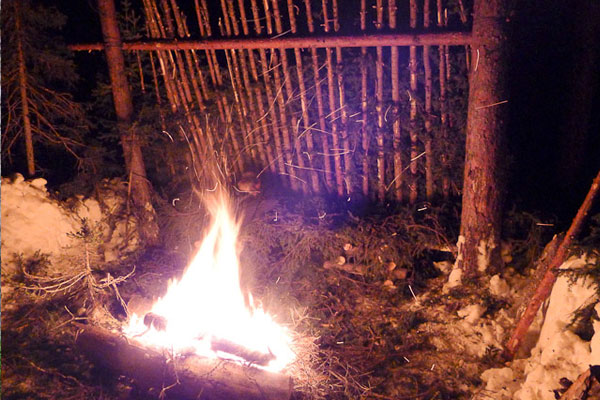
via paulkirtley.co.uk
A few tips for protecting yourself from the elements include:
1. Learning how to build a debris hut. This can be constructed in almost any forest, without any tools or supplies at all. It’s essentially comprised of a center ridge pole that is supported on one side by a pair of Y-shaped sticks; a sequence of “ribs” or “slats” spaced down the sides; and a several-feet-thick layer of leaves and debris piled around the structure. A properly built and sufficiently thick (say, 4 to 5 feet thick) debris hut can not only keep you warm, but also keep you dry through all but the heaviest downpours.
2. Stuffing your clothes with leaves and other debris can help provide you with additional insulation and keep you much warmer. Thousands of homeless people survive in cities by engaging in this very practice. You won’t want to have the debris touching your skin if you can help it, but it may be necessary in some cases. Be sure to collect only dry leaves, and be sure to avoid poison ivy or similarly toxic species.
Survival Hierarchy Level 3: Water
Purification
About two-thirds of the planet is covered by water, but relatively little of it is suitable for drinking. The bulk of the world’s water is seawater, which is unsafe (and potentially deadly) to drink. However, a large portion of the freshwater is equally problematic, having been tainted by poisons, bacteria or other pollutants.
Even the most pristine mountain stream may be full of pathogens that can cause serious human disease, so it is wise to treat any water before drinking it.
Always consider any water source to be tainted by bacteria and other pathogens, and treat it thoroughly. A water purifier is the best tool for the job, but they are rarely available in survival situations. Iodine tablets are equally effective in most respects, although they will not filter out particulate matter. If you have neither of these options at your disposal, you’ll need to boil the water for at least 3 minutes before drinking it to be safe in all habitats.
Use care to avoid allowing untreated water (such as that on the lid of a pot, your hands or the lid to a jar) from contaminating your newly purified water. It only takes a microscopic amount of bacteria or protozoa to sicken you, and many times this amount lurk in each drop of water.
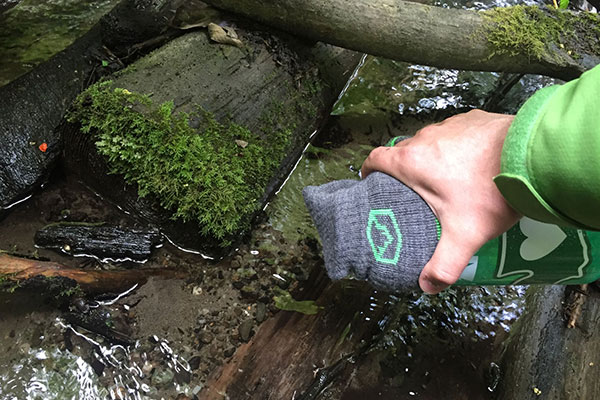
via cloudlineapparel.com
Collection
You can pull water out of mud with a sock or piece of fabric. Simply pack the sock full of the wettest mud you can find, suspend it from a tree branch and place a jar or similar collection vessel below it. This will take time, and you’ll still need to treat the water. Still, it can make all the difference between success and failure in the field.
Never pass up a chance to collect rainwater. Rainwater is – by survival standards – safe to drink as long as it hasn’t touched anything. This includes not only leaves and other vegetation, which may be contaminated with animal feces and the pathogens contained therein, but the sides of your collecting vessel or your hands.
Survival Hierarchy Level 4: Food
In a way, being in a survival situation that requires you to feed yourself is a good problem to have. It means that you’ve managed to meet the first three levels of the survival hierarchy for at least a few days.
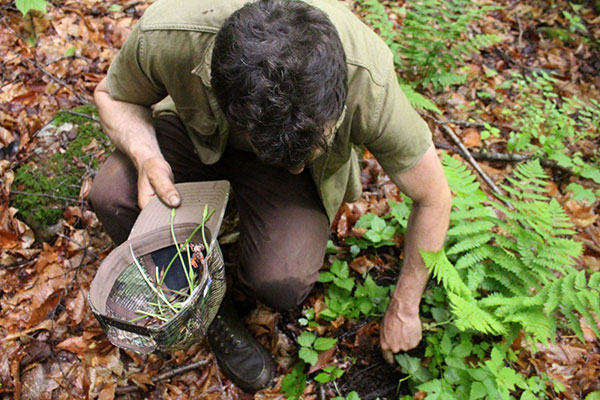
via ecohomeideas.com
Forage for what you can, but concentrate on finding widespread items that require little energy expenditure to collect. Things like acorns, blackberries and grapes you can find in most eastern forests. Western landscapes usually offer pinyon pine nuts and prickly pear cactus. Any of these can help you sustain yourself during difficult times.
Meat
If you think you are going to be stranded in the wild for a length of time, try to set a variety of traps or snares so that you can collect food while you rest. Simple figure-four traps can help you catch a variety of rodents and small mammals. Squirrel snares are also effective if placed in appropriate locations.
Fish baskets are deceptively simple, yet efficient, tools for catching small fish and aquatic crustaceans. For the uninitiated, fish baskets take a variety of forms. Most are essentially a woven vessel with bait inside that is made by connecting two funnels. Picture a basket with a “pinched” neck. Although it doesn’t look like much, fish baskets are highly effective.
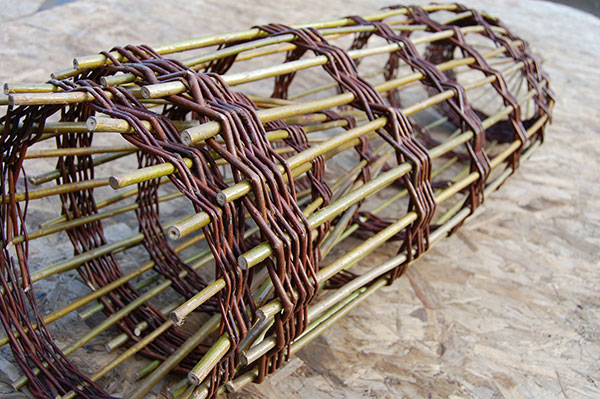
via brandonthatchers.co.uk
For whatever reason, fish are not very good at finding their way out of the basket after swimming inside. Sure, one or two may, but you can bet on keeping the bulk of the fish that enter. Instead of worrying about the handful of fish you may miss, focus on luring the most fish into your basket. Experiment with different baits and placements until you hit upon a winning combination.
Plants
Learn the edible plants of any region in which you’ll be traveling. You don’t have to become an amateur botanist. It takes only a few minutes to familiarize yourself with the basic staples of the region. For example, it’d be a good idea to learn the myriad sources of food pines provide and the best ways to treat acorns if you’re traveling through the eastern forests. Alternatively, you should probably know how to identify a prickly pear cactus and how to prepare a tarantula for roasting should your travels take you through the American Southwest.
Final Thoughts
At the end of the day, you’ll need to address all of your basic biological or physiological needs to make it out of a survival situation alive. Just be sure that you prioritize these needs appropriately, to give yourself the best chance at success.
We’d love to hear your thoughts on the subject. Be sure to leave us comments or questions below, and follow us on Facebook to make sure you don’t miss any new posts.
=====
Become a Survival Dispatch Insider …
We bring together survival enthusiasts and preppers to share skills and knowledge, so you can enhance your preparedness for emergencies and ensure the safety of you and your community.
The Results You’ll Get …
Our community, courses, and memberships are pretty special. We focus on the ways it will make a huge difference in your life.
Here are a few of the things you’ll be able to do as a member of Survival Dispatch Insider …
1) Improve your emergency preparedness by learning survival skills and strategies from experienced preppers.
2) Build lasting connections with like-minded individuals that share your passion for safety and readiness.
3) Access a wealth of knowledge and resources to assist in protecting you and your community during unexpected situations.
Click HERE to get started.
=====
